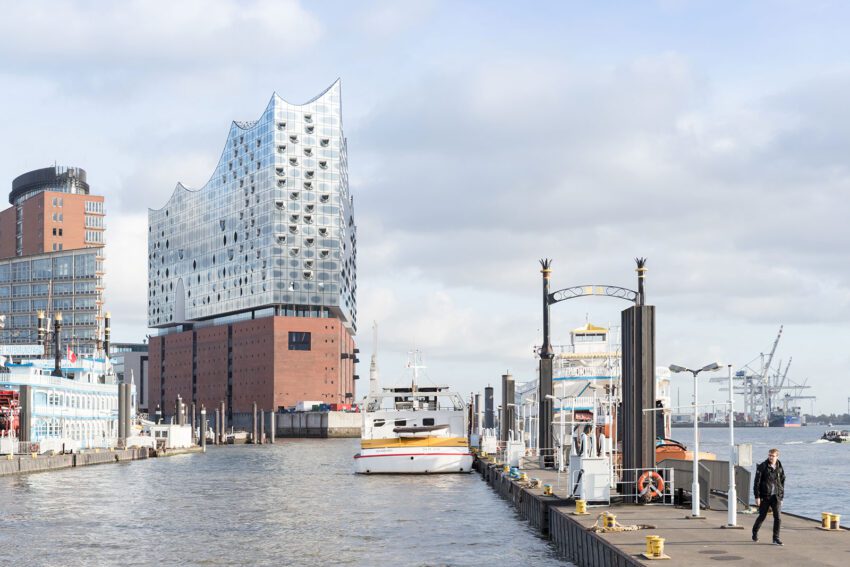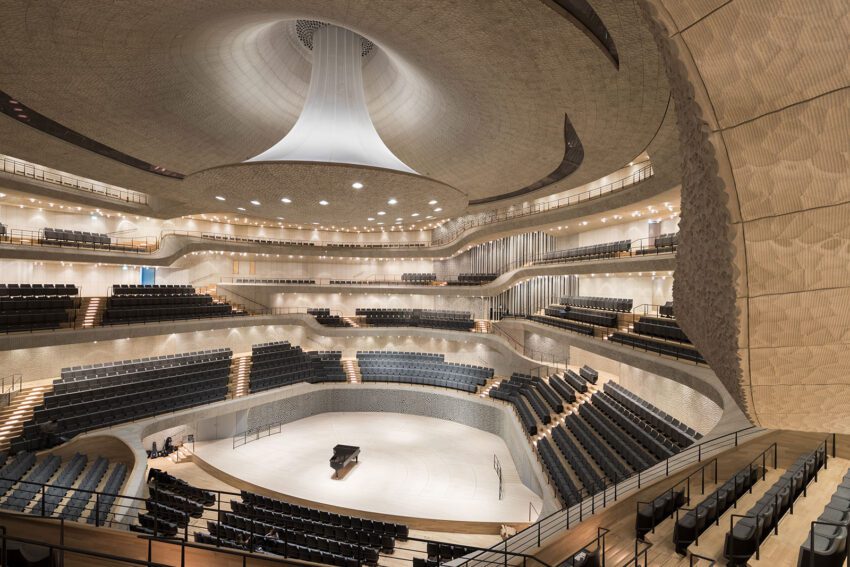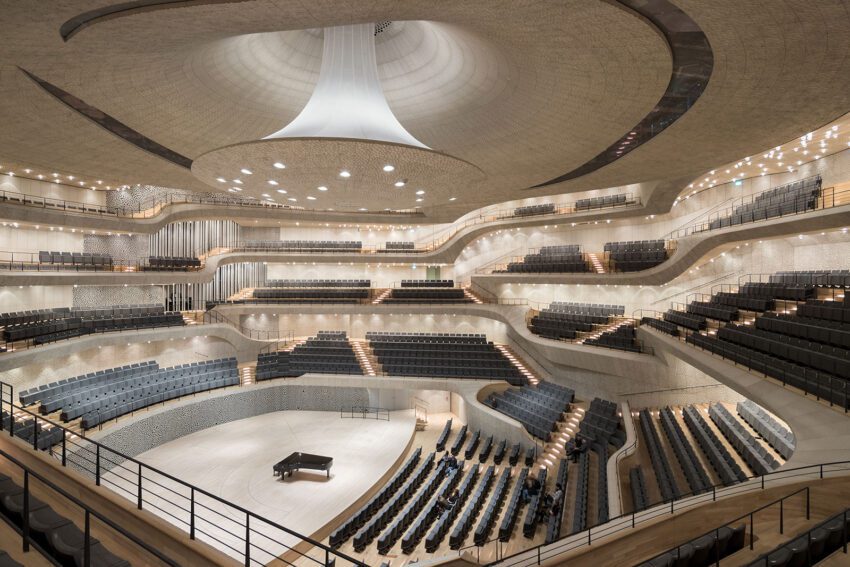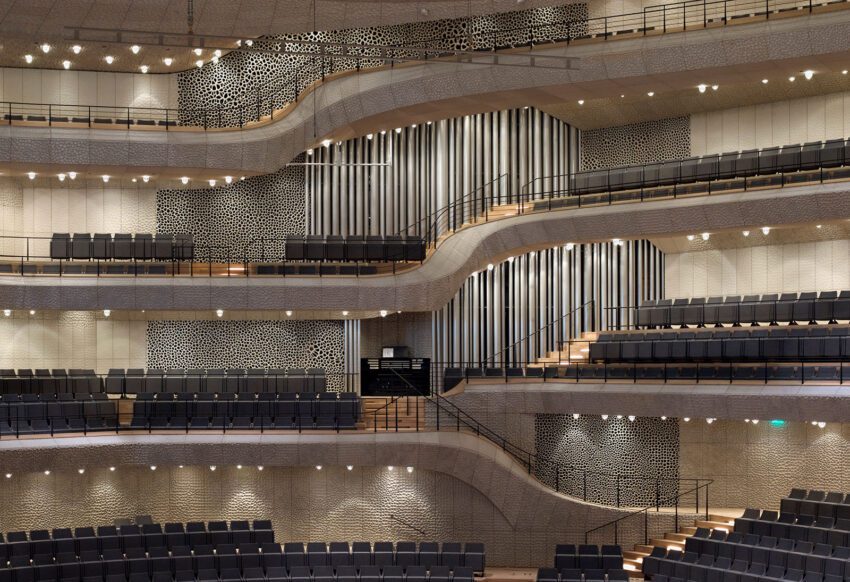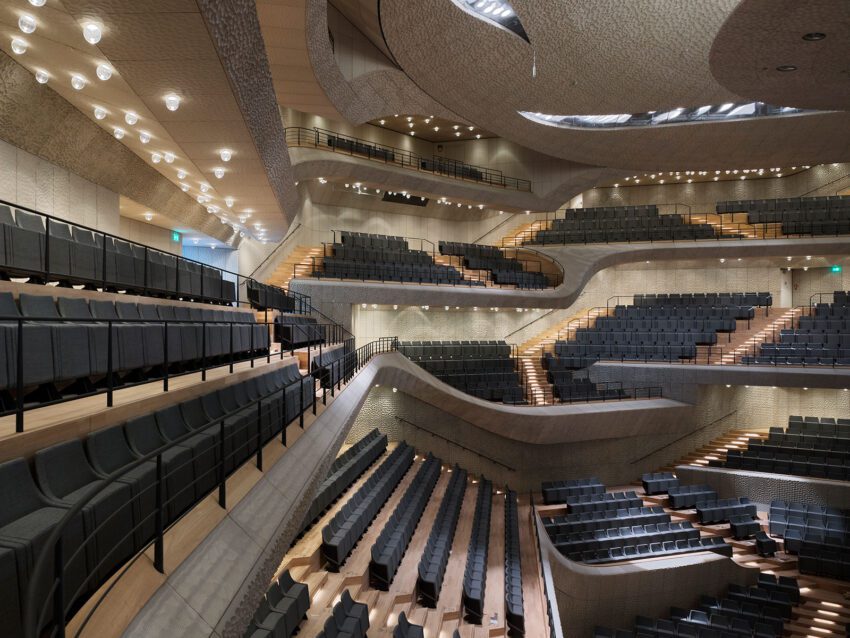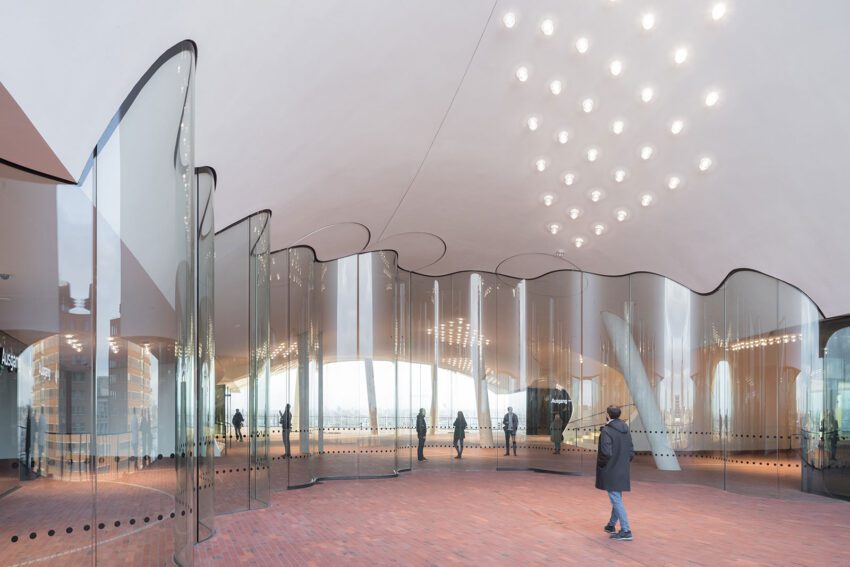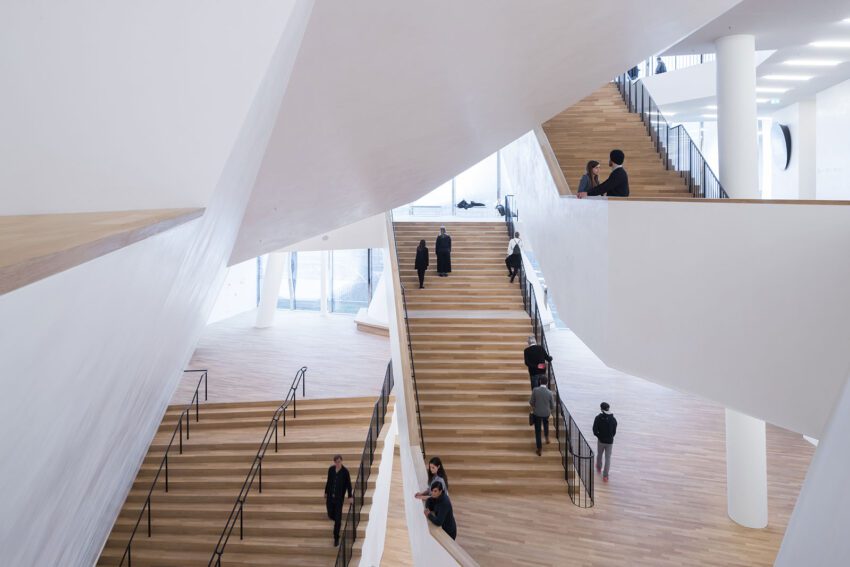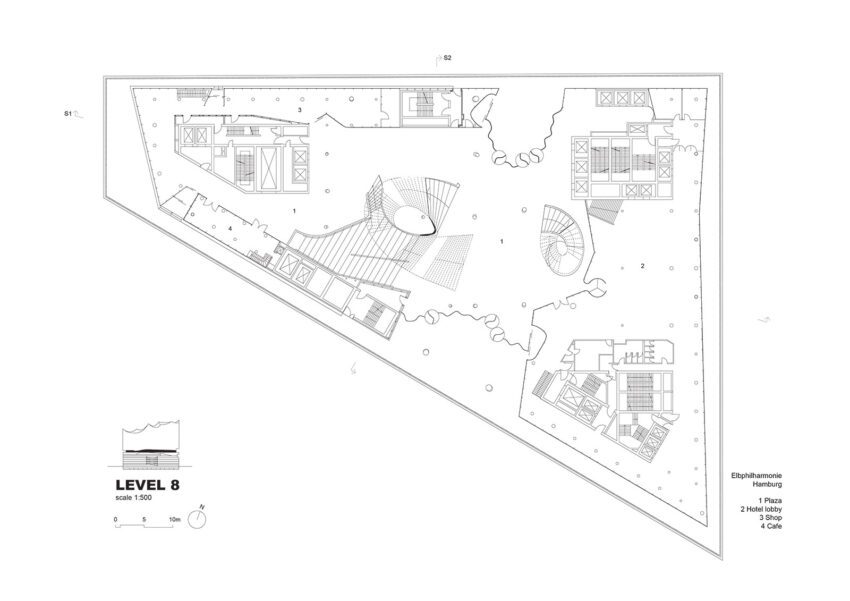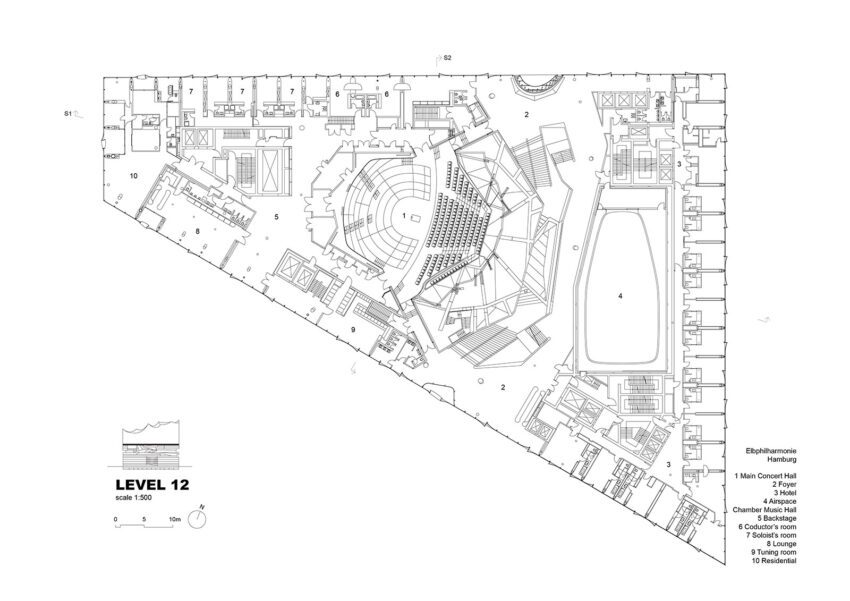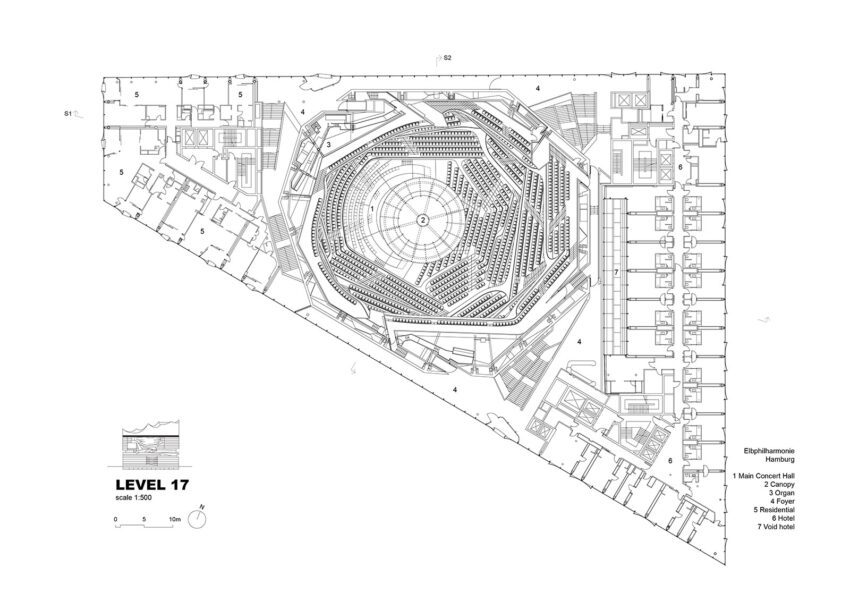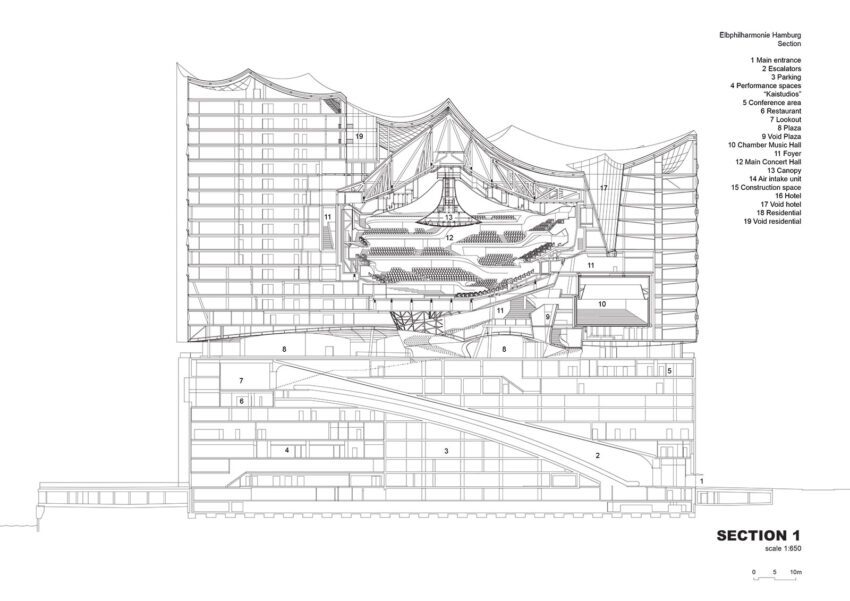Completed in 2016 by the renowned Herzog & de Meuron architects, the Elbphilharmonie is an architectural masterpiece situated at thHamburg’sction of Hamburg’s historic Hanseatic hub and the flourishing HafenCity. This multifaceted complex, ingeniously built upon the foundations of the Kaispeicher warehouse, embodies a fusion of innovation and cultural revitalization. Destined to become a vibrant epicenter of social and cultural life, the Elbphilharmonie invites locals and international visitors to partake in its diverse offerings.
The complex seamlessly integrates elements of urban living and varied cultural experiences, boasting a philharmonic hall and chamber music hall and an array of restaurants, bars, a panorama terrace, luxury apartments, a hotel, and parking facilities. Drawing inspiration from the city and the harbor, the Elbphilharmonie has been meticulously designed to cultivate a sense of community and provide a unique experience for all who pass through its doors.
Elbphilharmonie Hamburg Technical Information
- Architects: Herzog & de Meuron
- Location: Platz der Deutschen Einheit 1-5, Hamburg, Germany
- Client: Freie und Hansestadt Hamburg, Germany
- Program: Concert Hall, Musical Education, Public Space, Parking, Hotel, Apartments, Restaurants
- Gross Floor Area: 125,512 m2 | 1,351,001 ft2
- Project Year: 2003 – 2016
- Photographs: © Courtesy of Herzog & de Meuron
The Elbphilharmonie has become a landmark of the city of Hamburg and a beacon for all of Germany. It was set to vitalize the neighborhood of the burgeoning HafenCity, ensuring that it was not merely a satellite of the venerable Hanseatic city but a new urban district in its own right.
– Herzog & de Meuron Architects
Elbphilharmonie Hamburg Photographs
\ © Courtesy of Herzog & de Meuron
Text by the Architects
Between Hanseatic Hub and HafenCity
The Elbphilharmonie on the Kaispeicher marks a location that most people in Hamburg know about but have never really noticed. It is now set to become a new center of social, cultural, and daily life for the people of Hamburg and for visitors from all over the world.
Too often, a new cultural center appears to cater to the privileged few. To make the new Philharmonic a genuine public attraction, it is imperative to provide attractive architecture and a mix of urban uses. The building complex accommodates a philharmonic hall, a chamber music hall, restaurants, bars, a panorama terrace with views of Hamburg and the harbor, apartments, a hotel, and parking facilities. These varied uses are combined in one building as they are in a city. And like a city, the two contradictory and superimposed architectures of the Kaispeicher and the Philharmonic ensure exciting, varied spatial sequences: on the one hand, the original and archaic feel of the Kaispeicher marked by its relationship to the harbor; on the other, the sumptuous, elegant world of the Philharmonic. In between, there is an expansive topography of public and private spaces, all differing in character and scale: the large terrace of the Kaispeicher, extending like a new public plaza, responds to the inwardly oriented world of the Philharmonic built above it.
The heart of the complex is the Elbphilharmonie itself. A space has emerged that foregrounds music listeners and music makers to such an extent that they together represent the architecture. The philharmonic building typology has undergone an exceptionally radical architectural reformulation in its unprecedented emphasis on the proximity between artist and audience – almost like a football stadium.
Urban Architecture for Lovers of Culture
The new Philharmonic is not just a site for music but a full-fledged residential and cultural complex. The concert hall, seating 2100, and the chamber music hall for 550 listeners are embedded between luxury flats and a five-star hotel with built-in services such as restaurants, a health and fitness center, and conference facilities. Long a mute monument of the post-war era that occasionally hosted fringe events, the Kaispeicher A has now been transformed into a vibrant, international center for music lovers, a magnet for tourists and the business world. The Elbphilharmonie will become a landmark of the city of Hamburg and a beacon for all of Germany. It will vitalize the neighborhood of the burgeoning Hafen City, ensuring that it is not merely a satellite of the venerable Hanseatic city but a new urban district in its own right.
The Archaic Kaispeicher
The Kaispeicher A, designed by Werner Kallmorgen, was constructed between 1963 and 1966 and used as a warehouse until the end of the last century. Originally built to bear the weight of thousands of heavy bags of cocoa beans, it now lends its solid construction to support the new Philharmonic. The structural potential and strength of the old building has been enlisted to bear the weight of the new mass resting on top of it.
Our interest in the warehouse lies not only in its unexploited structural potential but also in its architecture. The robust, almost aloof building provides a surprisingly ideal foundation for the new philharmonic hall. It seems to be part of the landscape and is not yet really part of the city, which has now finally pushed forward to this location. The harbor warehouses of the 19th century were designed to echo the vocabulary of the city’s historical façades: their windows, foundations, gables, and various decorative elements are all in keeping with the architectural style of the time. Seen from the River Elbe, they were meant to blend in with the city’s skyline despite the fact that they were uninhabited storehouses that neither required nor invited the presence of light, air, and sun.
But not the Kaispeicher A: it is a heavy, massive brick building like many other warehouses in the Hamburg harbor, but its archaic façades are abstract and aloof. The building’s regular grid of holes measuring 50 x 75 cm cannot be called windows; they are more structured than the opening.
The New Glass Building
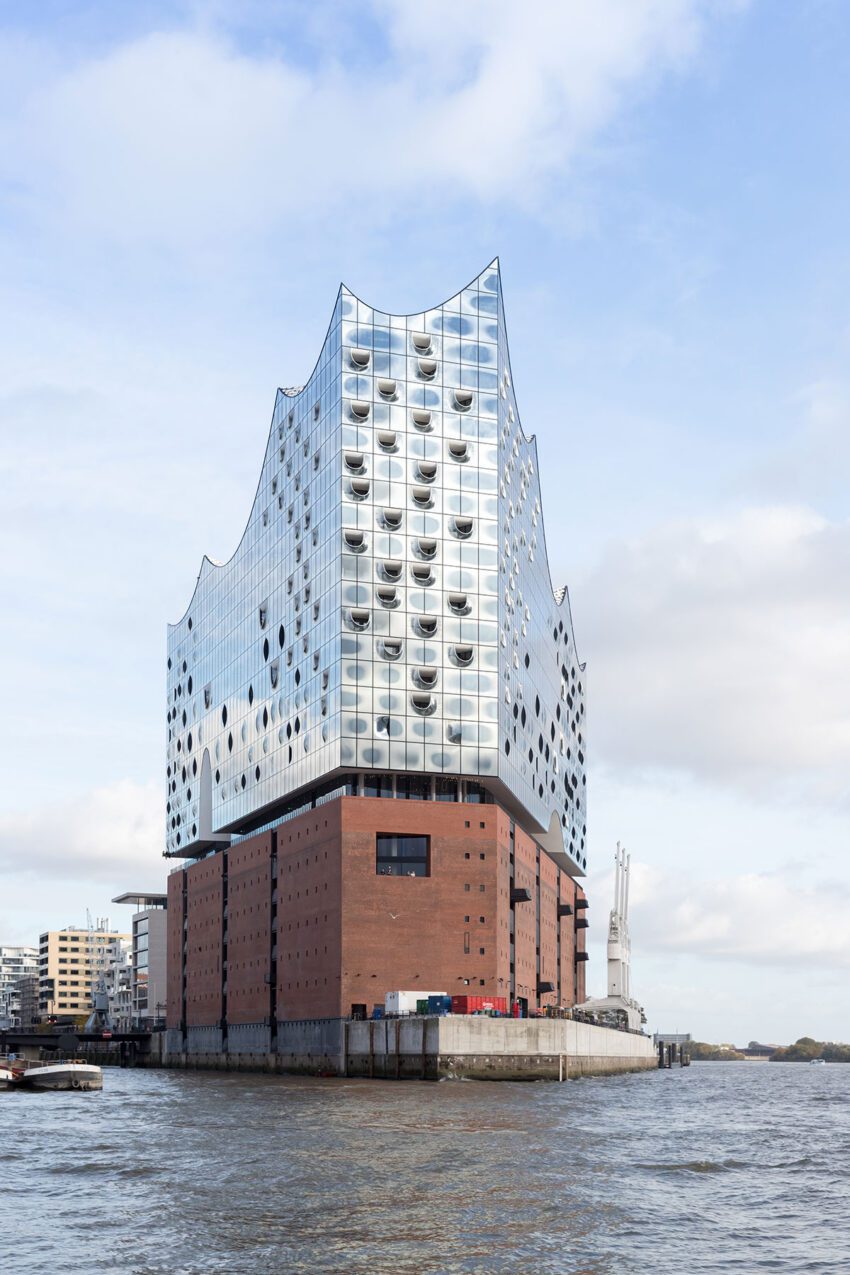

The new building has been extruded from the shape of the Kaispeicher; it is identical in ground plan with the brick block of the older building, above which it rises. However, at the top and bottom, the new structure takes a different tack from the quiet, plain shape of the warehouse below: the undulating sweep of the roof rises from the lower eastern end to its full height of 108 meters at the Kaispitze (the tip of the peninsula). The Elbphilharmonie is a landmark visible from afar, lending an entirely new vertical accent to the horizontal layout that characterizes the city of Hamburg. There is a greater sense of space here in this new urban location, generated by the water’s expanse and the seagoing vessels’ industrial scale.
The glass façade, consisting in part of curved panels, some of them carved open, transforms the new building, perched on top of the old one, into a gigantic, iridescent crystal, whose appearance keeps changing as it catches the reflections of the sky, the water, and the city.
The bottom of the superstructure also has an expressive dynamic. Along its edges, the sky can be seen from the Plaza through vault-shaped openings, creating spectacular, theatrical views of both the River Elbe and downtown Hamburg. Further inside, deep vertical openings provide ever-changing visual relations between the Plaza and the foyers on different levels.
Entrance and Plaza
The main entrance to the Kaispeicher complex lies to the east. An exceptionally long escalator leads up to the Plaza; it describes a slight curve so that it cannot be seen in full from one end to the other. It is a spatial experience in itself; it cuts straight through the entire Kaispeicher, passing a large panorama window with a balcony that affords a view of the harbor before continuing up to the Plaza. Sitting on top of the Kaispeicher and under the new building, the latter is like a gigantic hinge between old and new. It is a new public space that offers a unique panorama. Restaurants, bars, ticket office, and hotel lobby are located here, as well as access to the foyers of the new Philharmonic.
The Elbphilharmonie
What kind of space will the philharmonic be? What acoustic and architectural concerns have gone into its construction? What tradition resonates in this hall compared to other new locations in Tokyo and Los Angeles or the ur-model in Berlin? It soon became clear that the Hamburg Philharmonic would be different from that ur-model, the Scharoun Philharmonic. The premises alone – the radical givens of the location, namely the harbor and the existing warehouse – invite change. This project of the 21st century would have been inconceivable before.
What has been retained is the fundamental idea of the Philharmonic as a space where orchestra and conductor are located amid the audience, as it were: here, the architecture and the arrangement of the tiers take their cue from the logic of the acoustic and visual perception of music, performers, and audience. But that logic leads to another conclusion. The tiers are more pervasiShakespeare’slls, and ceilings form a spatial unity. The people, the combination of audience and musicians, determine the space; the space seems to consist only of people. In this respect, it resembles the typology of the football stadium that we have developed in recent years to allow almost interactive proximity between the audience and players.
We also studied archaic forms of theatre, like Shakespeare’s Globe, to exploit the vertical dimension. The complex geometry of the hall unites organic flow with an incisive, near-static shape. Walking, standing, sitting, seeing, being seen, listening… all the activities and needs of people in a concert hall are explicitly expressed in the architecture of the space. This space, rising vertically almost like a tent, offers room for 2100 people to congregate to enjoy making and listening to music. The towering shape of the hall defines the static structure of the entire volume of the building and is correspondingly echoed in the silhouette of the building as a whole.
Elbphilharmonie Hamburg Plans
Elbphilharmonie Hamburg Image Gallery

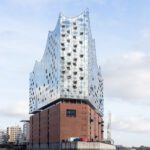







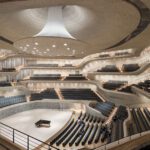
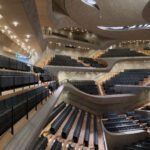
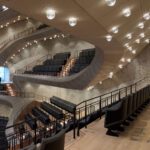

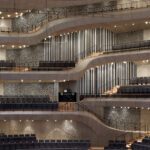


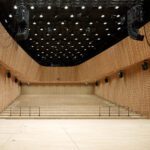
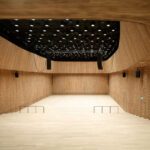
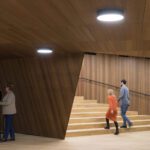
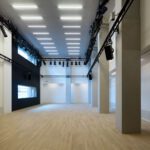
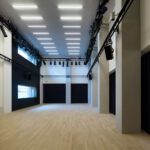

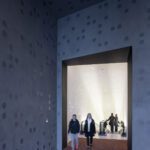

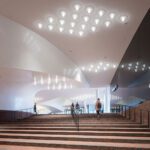

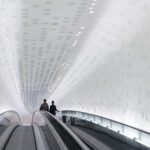
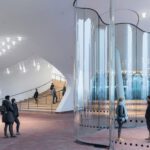


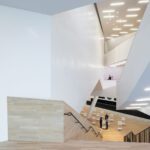

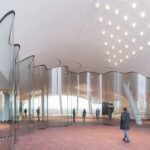
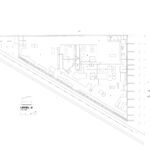
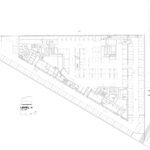
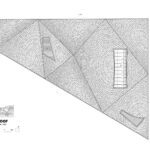
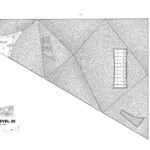

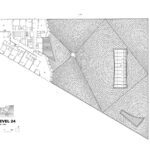
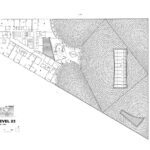
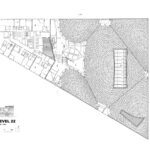
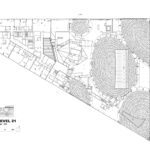
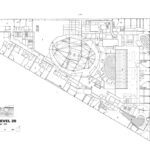



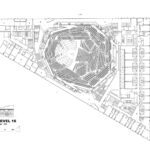
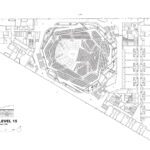
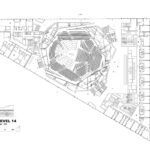
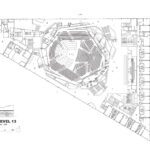

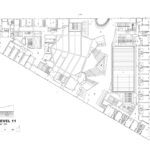
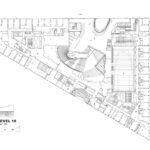

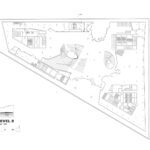
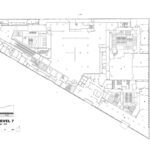

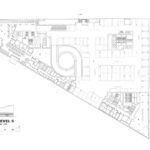


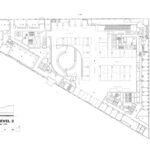

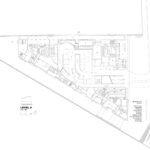
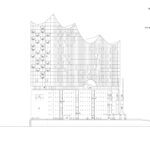
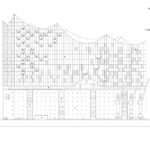


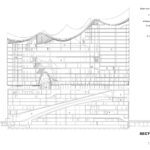
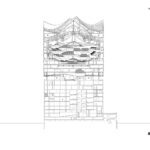
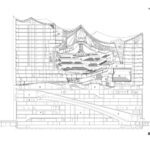
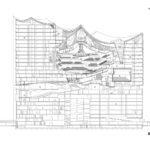


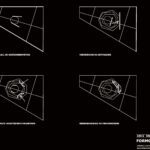
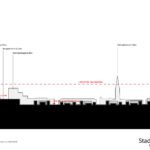
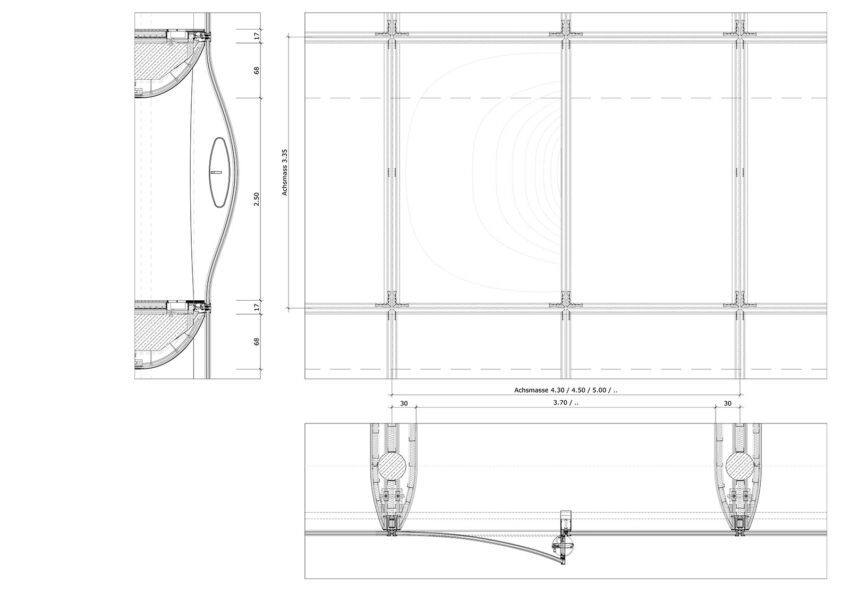
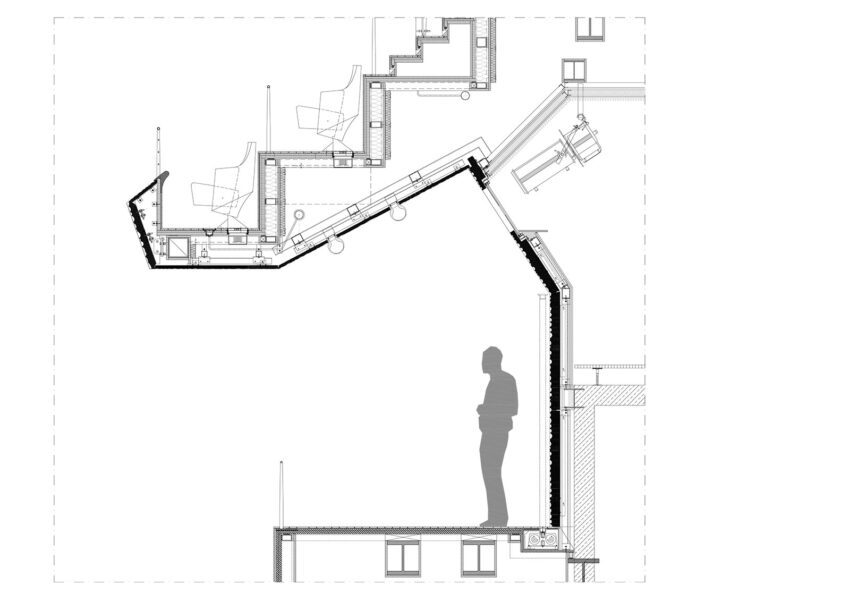
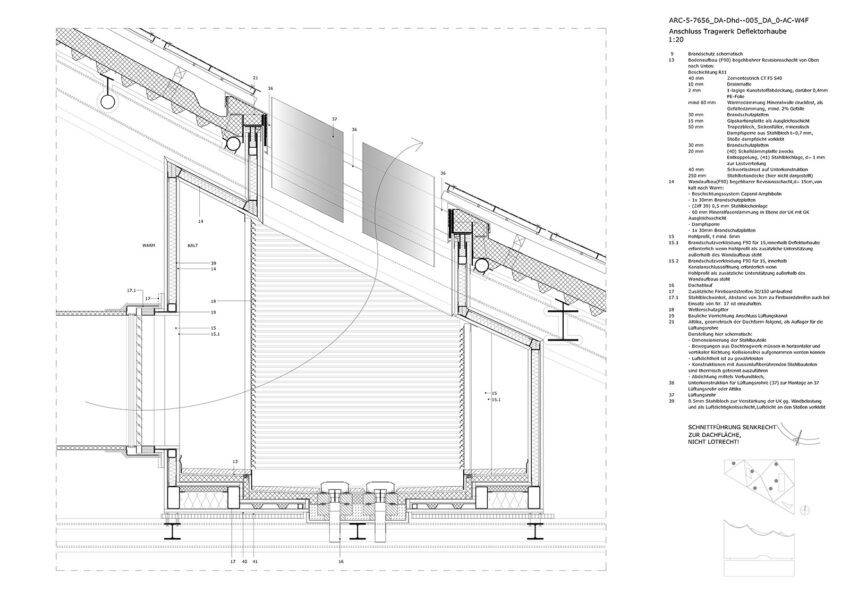
About Herzog & de Meuron
Herzog & de Meuron is a renowned Swiss architecture firm founded by Jacques Herzog and Pierre de Meuron in 1978. The firm is known for its innovative designs and has completed numerous iconic projects worldwide. Their work spans various building types, from cultural institutions to residential and commercial projects. Some of their most famous projects include the Tate Modern in London, the Bird’s Nest Olympic Stadium in Beijing, and the Elbphilharmonie in Hamburg. The firm has been awarded numerous prestigious awards, including the Pritzker Architecture Prize in 2001.
- Partners: Jacques Herzog, Pierre de Meuron, Ascan Mergenthaler
(Partner in Charge), David Koch (Partner in Charge Project Management) - Project Team: Jan-Christoph Lindert (Associate, Project Director), Nicholas Lyons (Associate, Project Architect), Stefan Goeddertz (Associate, Project Architect), Christian Riemenschneider (Associate, Project Manager), Henning Severmann (Project Manager), Stephan Wedrich (Associate, Project Director until 2012), Carsten Happel (Associate, Project Manager)
Birgit Föllmer (Project Manager Main Concert Hall), Kai Zang (Project Manager Detailing New Building and Small Hall), Peter Scherz (Project Manager Granary, Kaistudio), Jan Per Grosch (Project Manager Envelope)
Christiane Anding, Thomas Arnhardt, Petra Arnold, Christian Baumgarten, Tobias Becker, Johannes Beinhauer, Uta Beissert, Lina Mareike Belling, Andreas Benischke, Inga Benkendorf, Christine Binswanger (Partner), Johannes Bregel, Francesco Brenta, Jehann Brunk, Julia Katrin Buse, Ignacio Cabezas, Jean-Claude Cadalbert, Maria Christou, Sergio Cobos Álvarez, Massimo Corradi (Digital Technologies), Guillaume Delemazure, Annika Delorette, Fabian Dieterle, Annette Donat, Philipp Doukakis, Patrick Ehrhardt, Carmen Eichenberger, Stephanie Eickelmann, Magdalena Agata Falska, Daniel Fernández, Stephan Flore, Hans Focketyn, Bernhard Forthaus, Andreas Fries, Asko Fromm, Florian Gast, Catherine Gay Menzel, Marco Gelsomini, Ulrich Grenz, Jana Grundmann, Hendrik Gruss, Luis Guzmán Grossberger, Christian Hahn, Yvonne Hahn, Naghmeh Hajibeik, David Hammer, Michael Hansmeyer, Nikolai Happ, Bernd Heidlindemann, Anne-Kathrin Hellermann, Magdalena Hellmann, Lars Höffgen, Philip Hogrebe, Ulrike Horn, Robert Hösl (Partner), Michael Iking, Ina Jansen, Nils Jarre, Damun Jawanrudi, Jürgen Johner (Associate), Leweni Kalentzi, Julia Kniess, Andreas Kimmel, Anja Klein, Frank Klimek, Alexander Kolbinger, Benjamin Koren, Tomas Kraus, Jonas Kreis, Nicole Lambrich, Jana Lasorik, Matthias Lehmann, Monika Lietz, Julian Löffler, Philipp Loeper, Thomas Lorenz, Christina Loweg, Florian Loweg, Xiaojing Lu, Femke Lübcke, Tim Lüdtke, Lilian Lyons, Jan Maasjosthusmann, Janos Magyar, Klaus Marten, Petrina Meier, Götz Menzel, Alexander Meyer, Simone Meyer, Henning Michelsen, Alexander Montero Herberth, Felix Morczinek, Jana Münsterteicher, Christiane Netz, Andreas Niessen, Monika Niggemeyer, Mònica Ors Romagosa, Argel Padilla Figueroa, Benedikt Pedde, Sebastian Pellatz, Malte Petersen, Jorge Manuel Picas de Carvalho, Philipp Poppe, Alrun Porkert, Yanbin Qian, Robin Quaas, Julian Raffetseder, Holger Rasch (Digital Technologies), Leila Reese, Chantal Reichenbach, Leonard Reichert, Thorge Reinke, Ina Riemann, Nina Rittmeier, Dimitra Riza, Miguel Rodríguez Martínez, Guido Roth, Christoph Röttinger, Patrick Sandner, Philipp Schaerer (Digital Technologies), Chasper Schmidlin, Alexandra Schmitz, Martin Schneider, Leo Schneidewind, Malte Schoemaker, Katharina Schommer, Helene Schüler, Katrin Schwarz, Gerrit Christopher Sell, Heeri Song, Nadine Stecklina, Markus Stern, Sebastian Stich, Sophie Stöbe, Stephanie Stratmann, Kai Strehlke (Digital Technologies), Ulf Sturm, Stefano Tagliacarne, Anke Thestorf, Henning Többen, Kerstin Treiber, Florian Tschacher, Chih-Bin Tseng, Jan Ulbricht, Inga van Husen, Florian Voigt, Jonathan Volk, Maximilian Vomhof, Constance von Rège, Christof Weber, Ruth Maria Weber, Catharina Weis, Philipp Wetzel, Douwe Wieërs, Julius Wienholt, Julia Wildfeuer, Boris Wolf, Patrick Yong, Xiang Zhou, Bettina Zimmermann, Marco Zürn

